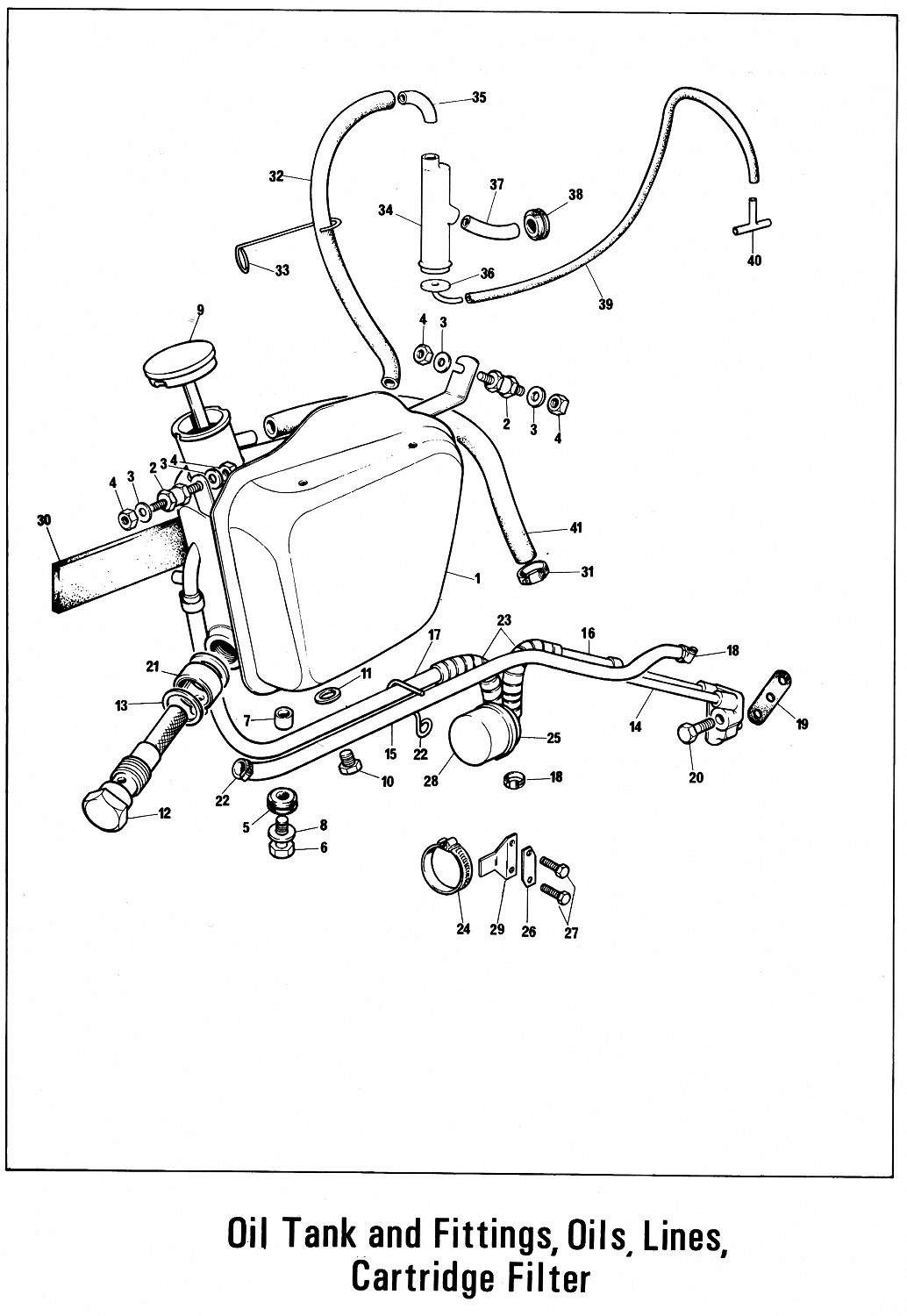Well fellas, I believe I've solved the issue with my blown fuse, "pop" sound I heard when I replaced the fuse the first time, and also the corrected wiring of the cluster under the tank.
First off, the Pazon black box is working, at least to start the bike and letting it run. I took it out and performed the troubleshooting process they have on their site, and then attempted to start the bike to test it out.
Well it just would not start after the 10,000 kick. So, I figured something else was amiss. I kept thinking about that popping sound I heard and the little smoke that appeared earlier when I was working through the fuse and inspecting the wiring. It was definitely electrical since wires don't pop and the Pazon was ok. I suspected that mysterious wee assimilator. So, I installed this new gadget that I ordered a while back from a recommendation Batrider made on a thread about assimilators. Picture is below. Wouldn't you know, as soon as I kicked it over, after installing the new assimilator, it fired right up.
So, that "pop" was the assimilator blowing. I figured as much as I've heard capacitors blow before and this was a similar blow. By the way, the old assimilator was the original unit so I'm quite bummed that I blew it up.
Also, Les' suggestion to give my head a shake and replicate exactly the wiring cluster as it was before, with the double commons and not separating the red wires and the white wires into singles, helped as well.
Now the bike is still apart some, but it fires up and idles. Tomorrow I'll zip tie the new assimilator in it's new home and double check my work while I re-assemble the tank and saddle back on the bike. It's supposed to be a very nice latter part of the week and weekend coming and I'm glad the bike looks promising to allow me a nice ride in the country to look at some more colours!
View attachment 100657



